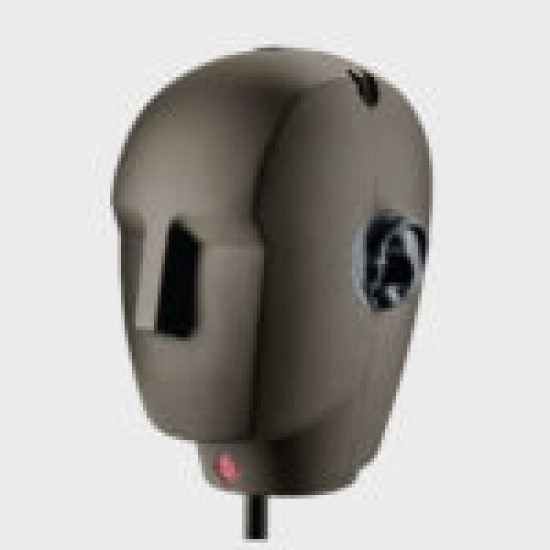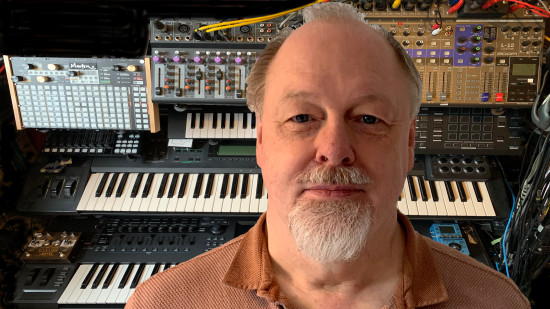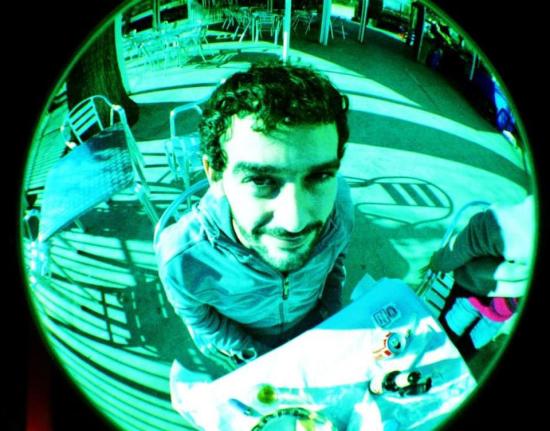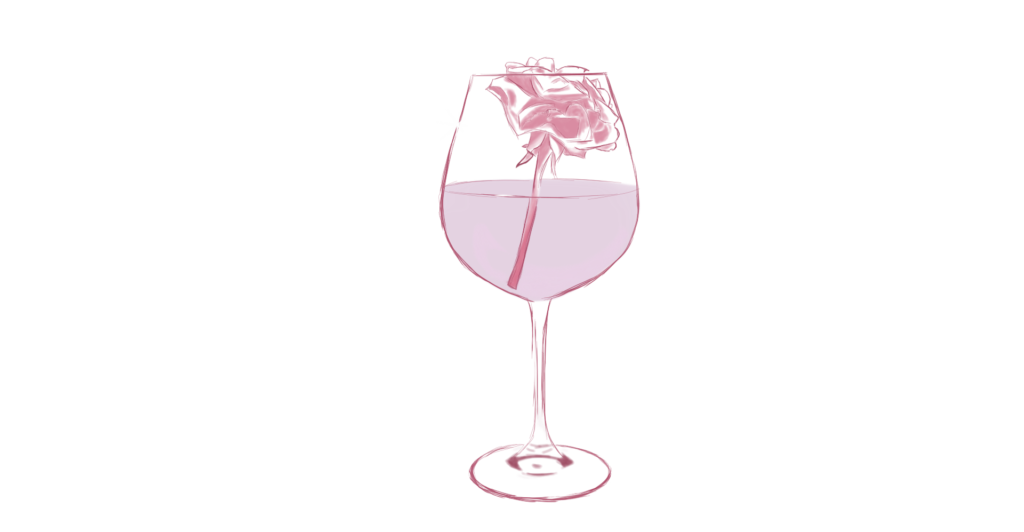
The story
All Sounds in this library were drawn out of the Afrorack samples provided for the June 2022 LABS Challenge.
This is my first attempt at making a sampled instrument; any feedback is very welcome.
The “Thorn” was made from a tonal strike I found while scrubbing through the samples.
The “Stem” is the wet signal from an FX chain applied to the “Thorn”, I separated them by overlaying another instance of the “Thorn” with it’s polarity reversed.
The “Glass” was made by taking a tonal section from the sample, looping and crossfading it with itself, streching it with paulstrech, and adding various FX.
Hope you enjoy, and please leave a review! – Wind
Interface
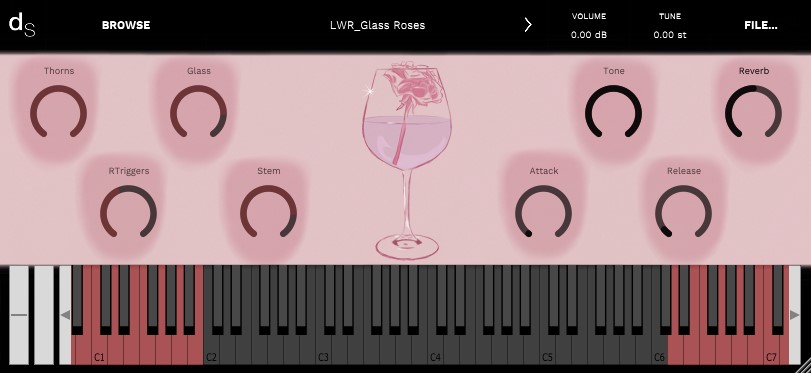
Reviews for Glass Roses
- Sound
- Character
- Playability
- Inspiration
- GUI
Leave a review to let others know what you thought of the instrument!
Smashing!
Amazing first sampling effort! The different tones available help to really shape the sound, and the ADSR options allow for short or long articulations in the samples. The tuning is a little bit iffy, but is more of a character of the original samples rather than an issue with this pack. Well done!
Rosey!
Love the work put into the GUI on this one, has some nice versatility too.
Great job! thanksA smart layer system!
This is a very simple patch that features 3+1 layers of sounds, with the "Glass" one acting as a main pad, while the others compliment the attack and the release in a few ways. It's a very interesting take for sure, I haven't seen that before! The inclusion of Attack and Release knobs is very welcome, and the Reverb does a very nice job on expanding the soundscape.
The overall sound is good, though mostly panned to the right channel, but that's easily adjustable via the track controls of any DAW. In terms of the design, the burgunty and black fill colours blend way too much with the semi-transparent grey, but that's nowhere close to a dealbreaker!
A valiant first effort!
I don't want to go back and listen to MY first virtual instrument, so I have huge admiration for anyone brave enough to expose their initial foray to peer inspection.
I had problems with the colour of the rotary controls - dark red on red just didn't show up on my monitor. This is probably the gamma differences between Operating Systems, or monitors, or just my strange setup. But once I had fixed that, then it all made sense - and that's often the first hurdle!
So, sound sources on the left, processing and effects on the right. Tick. A good, easy-to-understand flow.
One pitched sound, with two 'less-pitched' filler or noise sounds to add dirt to the pitched sound is a classic format. Maybe a couple of pitched sounds would be even better? I liked the 'Glass' sound - well edited, nice choice of timbre, does what it says on the tin. But there was a big jump to the 'Thorn' and 'Stem' sounds, I struggled to see the connection, and for a virtual instrument (or a real one, for that matter), then you need to keep that disbelief well suspended. Without an audible linkage between them, they just sounded like separate sounds to me. Choosing sounds that work together is tricky, though, but you are pretty close.
In contrast, the Thorn and Stem sound were too close in timbre, ignoring the phase problem. I knew what to expect for the Stem, but the Thorn has a mixed metaphor somewhere. Hey, I don't get these things right either - in ARC's review of my SWooh-arrMR3, he says that the sounds are too similar to each other...
Release sound! In a first virtual instrument? Unusual. Brave. Scary (Look out for this one - they are soon going to be eating your lunch!) I might have gone for a release sound that was more obviously sonically connected to the three main sounds... Maybe a truncated, reversed version of one of them?
Congratulations on navigating the huge learning curve to making a Decent Sampler virtual instrument! Keep going!
Four different sounds
There are four layers of sounds. I like the sound and texture of the glass layer
kind or an organ sound when playing chords, The other three are more on the atonal or sound fx , percussion world. The problem is that each layer is too disconected with the others. Thorns and Stem sounds do phase cancel together. All in all not bad as each of the sounds has it use in it´s own.
And the graphic design is cool.

